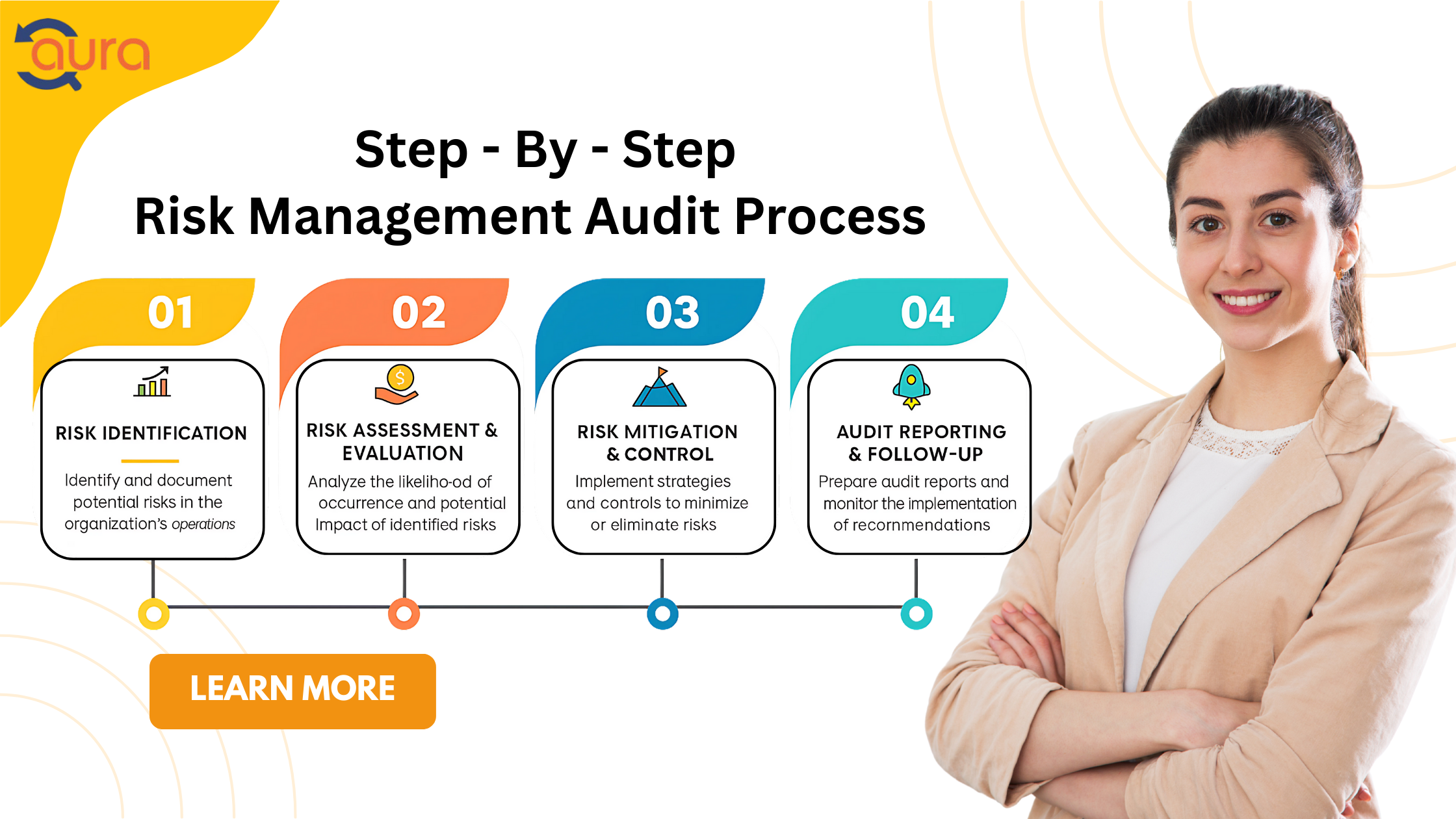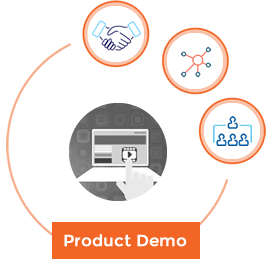Complete Risk Management Audit Checklist: 2025 Guide
In an unparalleled manner, risks in the present highly volatile business environment have become inherently complex, intermingled, and evolving ever so rapidly: cyber threats; financial instability; regulatory pressures; and environmental factors that pressure organizations in 2025 to systematize the way of identifying, evaluating, and controlling risks. Thereby, hingeing upon a Risk Management Audit Checklist is suggested, so that no serious gap will go unchecked.
What is a Risk Management Audit?
A risk management audit is a structured evaluation of an organization’s processes, controls, and policies to determine how effectively it identifies, assesses, mitigates, and monitors risks. The goal is to ensure resilience, compliance, and continuous improvement.
Why You Need a Risk Audit Checklist in 2025
- Increased threats to cyber and data privacy.
- New regulatory requirements being applied around the world.
- Increased operational reliance on technology.
- Enhanced stakeholder expectations about transparency.
The risk audit checklist will help organizations to be proactive, compliant, and flexible.
What is a Risk Management Audit Checklist?
Definition and Purpose
A Risk Management Audit Checklist is a structured tool used to assess whether risk management practices align with organizational goals, compliance standards, and best practices.
Key Elements It Should Cover
- Governance & compliance policies
- Risk identification techniques
- Risk mitigation plans and controls
- Documentation and reporting
- Follow-up and monitoring mechanisms
Why Risk Audits Matter in 2025
Changing Regulatory Landscape
Keeping in mind the incessant changes going on in the regulatory landscape, it continues to pose varied challenges for companies with regard to data privacy, sustainability reporting, and operational transparency. Non-compliance risk, therefore, is at an all-time high today.
ISO 31000 and Other Standards
The use of interstate standard frameworks such as ISO 31000, COSO ERM, and the NIST guidelines will always influence the international practice of risk. This checklist ensures that these standards are achieved.
Step-by-Step Risk Management Audit Process

Step 1: Risk Identification
- Risk identification is approached using standardised methods such as: brainstorming; SWOT analysis; PESTLE analysis; or review of historical incidents.
- Involve teams across various functions.
- Document internal and external risks.
Step 2: Risk Assessment & Evaluation
- A risk assessment template should be used, combining likelihood with impact for a total score.
- Then prioritise risks based on impact, either financial or operational, and/or reputational impact.
- Benchmark against industry standards.
Step 3: Risk Mitigation & Control
- The risk mitigation plan must be clearly defined for ownership.
- Definitions of risk control measures (preventive, detective, and corrective).
- Ensure that controls correlate with the compliance audit checklists.
Step 4: Audit Reporting & Follow-up
- Prepare a structured audit report.
- Track action items with accountability.
- Conduct follow-up audits at defined intervals.
Components of an Effective Risk Audit Checklist
A well-designed Risk Audit Checklist acts as a roadmap for organizations to stay ahead of potential threats and strengthen business resilience. Unlike generic audit procedures, it focuses on the most critical elements that ensure risks are identified, analyzed, and controlled effectively. Here are the essential components every checklist should include:
1. Clear Risk Categories
An effective checklist should classify risks into categories such as strategic, operational, financial, compliance, and reputational. This makes it easier to cover all areas without overlooking hidden vulnerabilities.
2. Defined Risk Indicators
Instead of broad statements, the checklist should contain measurable indicators that highlight early warning signs — for example, rising employee turnover, increasing vendor delays, or frequent system outages.
3. Compliance & Regulatory Requirements
Regulatory gaps often become major risk exposures. A strong checklist ensures that all relevant laws, standards, and certifications are mapped and regularly updated.
4. Control Mechanisms
The presence and effectiveness of internal controls must be evaluated. This includes policies, procedures, technology safeguards, and approval workflows that keep risks within acceptable limits.
5. Documentation & Evidence
Auditors need proof. An audit-ready checklist emphasises collecting documentation such as policy manuals, training records, incident logs, and compliance reports to validate findings.
6. Risk Ownership
Every risk must have a responsible owner. Assigning accountability ensures that risks are monitored continuously and corrective actions are not delayed.
7. Actionable Insights
The best audit checklists don’t just point out risks — they recommend solutions. A strong component is the inclusion of corrective measures and timelines for follow-up.
Common Mistakes to Avoid in Risk Audits
- Fail to Monitor Emerging Hazards: Apathy toward AI, ESG, and Cyber Trends.
- Have not Involved All Departments: Risks are enterprise-wide, not siloed.
- Ignore Follow-Up Action: Follow-up actions must be actionable.
Best Practices for 2025
- Automating Risk Management: Tools for Analytics and Workflow with AI.
- Monitor Risks in Real Time: Use a Dashboard and Alerts for Immediate Attention.
- QMS/ERP Systems Integration: It offers a holistic view where risks intersect with business operations.
Conclusion
A Risk Management Audit Checklist is no longer optional—it’s a necessity in 2025. Organizations that adopt structured risk audit steps, implement robust risk control measures, and leverage technology gain a strategic edge in compliance and resilience.





